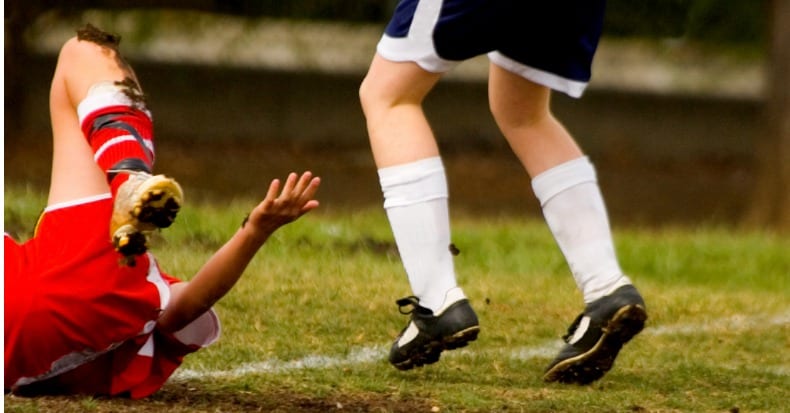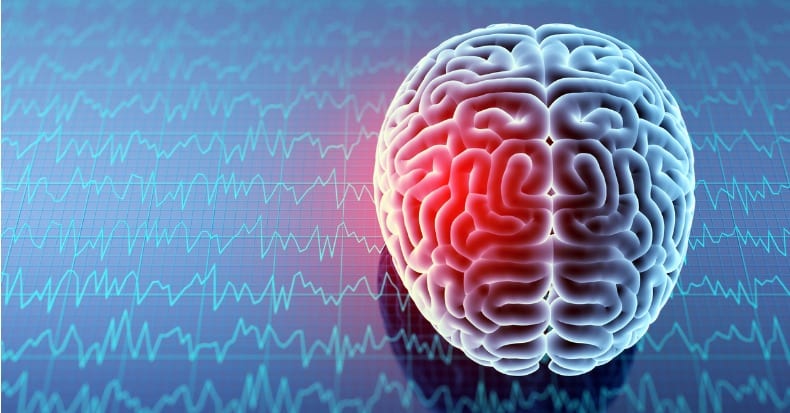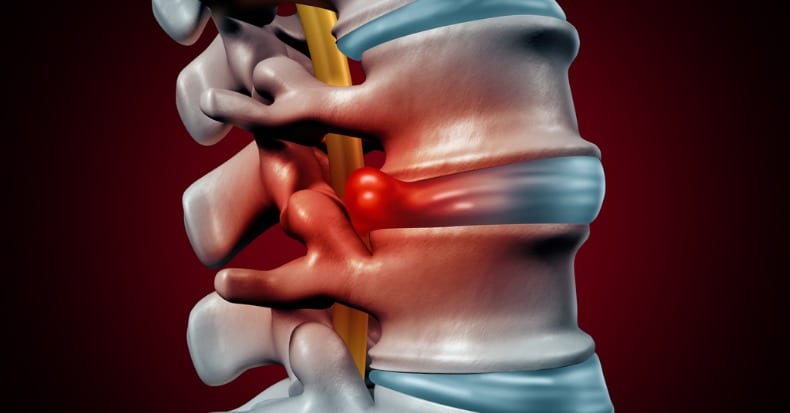Newest Articles
Losing excess weight and keeping it off can be a challenge. Hopefully, these eight tips can help make it easier to win the battle of the bulge…
FOOD JOURNAL: A study published in the journal Obesity reported that in a 142-obese person group, those who consistently logged their meals and held online group sessions about [..]
Analogies that are often used by chiropractors include:
If one walks on the edge of their shoe, the shoe sole will wear out at the weight-bearing portion quicker than other parts of the sole.
If an automobile wheel alignment is not optimal, then the excessively stressed wheel will wear out quicker than the other wheels. [..]
It’s common for individuals with low back pain to avoid any movement they feel may worsen their condition. Over time, this behavior can lead to deconditioned back muscles, setting the stage for either prolonged back pain or later recurrence. That’s one reason why treatment guidelines recommend patients continue to be active during the recovery process. [..]
As desktop computers, laptops, tablets, e-readers, and smartphones take greater importance in our lives, more and more people are consulting with healthcare providers for musculoskeletal conditions like neck pain. Why is this the case, and are there things that can be done to reduce one’s risk for neck pain in today’s modern world?
When using [..]
Carpal tunnel syndrome (CTS) is a condition caused by compression of the median nerve as it passes through the wrist that’s characterized by pain, numbness, tingling, and weakness in select parts of the hand. The result of a 2019 study suggests that CTS may be associated with migraine headaches. How can these two seemingly disparate [..]
There are over 3 million registered youth soccer players in the United States. While playing organized sports offers many benefits to children and teens, the activity also comes with the possibility of injury—especially knee injuries among female players.
There are two types of injuries associated with soccer: acute and overuse. Acute injuries have an immediate [..]
Whiplash associated disorders (WAD) is a term applied to a constellation of symptoms that can arise following a motor vehicle collision (MVC), slip and fall, or sports injury. It’s estimated that up to 25% of WAD patients fail to fully recover from their injury and new research suggests this may be due to changes in [..]
The term “intermittent fasting” (IF) describes a variety of eating patterns in which an individual restricts calories for a given timeframe, which typically ranges from twelve hours to several days on a recurring basis. The current research suggests that IF optimizes physiological function, enhances performance, and can slow the aging and disease processes. But how [..]
Pain and the treatment of pain is the biggest health problem in America. In her book, A Nation in Pain, Healing Our Biggest Health Problem, Judy Foreman documents that approximately 50% of American adults suffer from chronic pain (1). A conservative estimate of the direct costs and lost productivity resulting from this pain is up [..]
It stands to reason the more an intervertebral disk herniates, the more it will compress the spinal nerves, leading to a greater likelihood for surgical intervention. But what if that isn’t the case?
The current standard treatment of lumbar disk herniation (LDH) involves FIRST the initial use of non-surgical care for at least six weeks. [..]
Migraine headaches can have a serious impact on one’s quality of life and their ability to carry out their daily activities, both at home and at work. While chiropractic care has been demonstrated to be effective for tension-type and cervicogenic headaches, what does the literature say about its effect on migraines?
The first thing to [..]
Carpal tunnel syndrome (CTS) is the most common peripheral neuropathy—or pinching of a nerve outside of the spine—affecting between 3-6% of the population. While we usually focus on how carpal tunnel syndrome is managed, in this article we’re going to focus on why CTS is one of the costliest musculoskeletal disorders.
The symptoms associated with [..]















